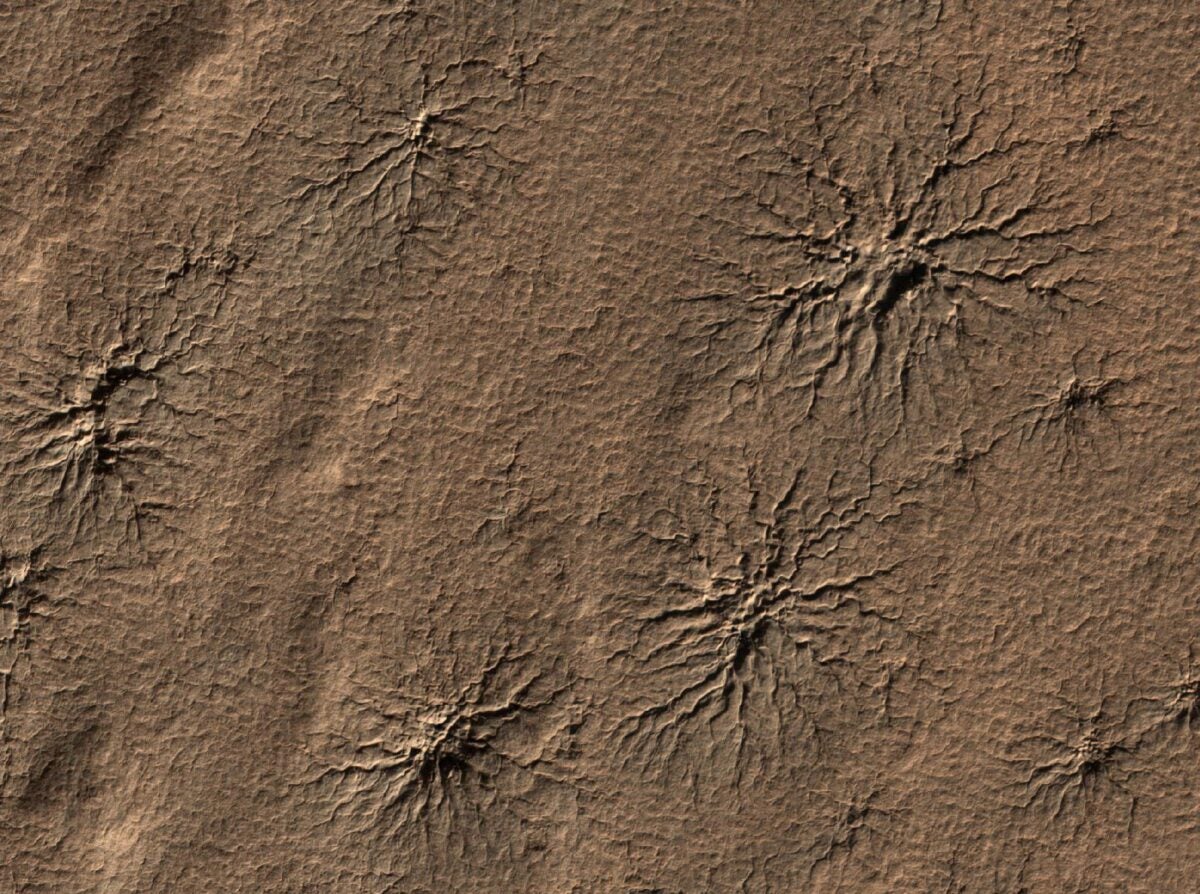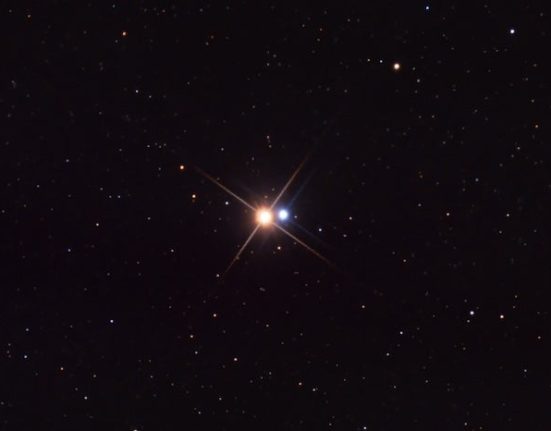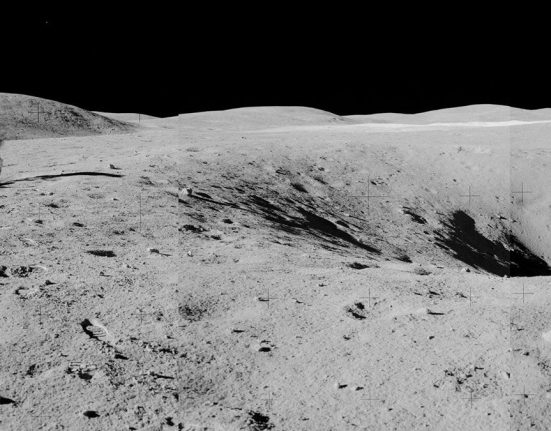NASA researchers have discovered how columns of material erupt on the surface of the Red Planet every spring.

In the south polar region of Mars, spider-shaped formations form that expand carbon dioxide gas. This image was taken by NASA's Mars Reconnaissance Orbiter. Credit: NASA/JPL-Caltech/University of Arizona
Each spring, as the winter frosts disappear, the bulbous bodies and outstretched legs of “spiders” appear throughout Mars' southern hemisphere. They're known as araneiform terrain, and scientists at NASA's Jet Propulsion Laboratory (JPL) in Pasadena, California, recently recreated the void formations on Earth to better understand how they form and what they can tell us about the climate. Martian.
Related: The science behind the 'spiders' of Mars and the Inca City
Forming araneform terrain
Since researchers discovered the Araneiform terrain in 2003 using NASA's Mars Global Surveyor orbiter, they have believed that the terrain, along with similar patterns, known as halos, fried eggs, or lace, form through a process called the Kieffer model.
Every winter, carbon dioxide condenses from the atmosphere into the Martian regolith, forming sheets of translucent ice. Kieffer's model says that solar radiation can pass through the ice and heat the rocky soil beneath, which in turn releases infrared radiation in a kind of greenhouse effect, warming the ice from the bottom up and causing it to sublimate. (converting directly into gas). , like dry ice). This causes a buildup of pressure until the slab bursts open, forming cracks as the gas expands and escapes. During this process, columns of dust and debris arise and litter the surrounding area. The ground is marked by these interactions, leaving channels in patterns like spiders.
Creating Mars in the laboratory
Despite their confidence in this theory, scientists have not been able to prove it until now. a new studypublished on September 11 in the Planetary Science MagazineThey tested whether Kieffer's model was the cause of these spring changes. Inside a barrel-sized chamber called the Dirty Vacuum Simulation Testbed for Frozen Environments (DUSTIE), a JPL team was able to lower the temperature to minus 301 degrees Fahrenheit (minus 185 degrees Celsius) at very high air pressure. low to mimic the Martian atmosphere for the experiment.
The study's lead author, Lauren Mc Keown, and her team placed 2 centimeters (0.8 inches) of simulated Martian regolith into DUSTIE and then pumped in cooled carbon dioxide, which formed a thick, translucent layer of ice on top of the simulated Earth.
After the ice formed, they heated the ground with a heater from below, experimenting with different heat levels and locations. Different scenarios formed different patterns similar to the various halos, pits, and spider shapes left on Mars each year. In many cases, a column of water emerged from the ground and in one case lasted up to 10 minutes.
“It was a Friday night and the lab director burst in after hearing me scream,” Mc Keown, who had been working to create a column like this one for five years, said in a statement. NASA press release.
The fact that researchers were able to recreate the spiders in the laboratory and watch them form according to Kieffer's model is important for understanding the climate of Mars, both today and in the past. Mc Keown plans to continue this experiment using simulated sunlight instead of a heater to more accurately recreate the conditions on the Red Planet.
Despite confirming how they form, there are still many open questions about Mars spiders. Why do they only form in some areas? And do new spiders form every year, or are the structures we see simply scars left when conditions on Mars were right to create them, discovered every time the frost disappears in spring? The answers to these questions will help researchers unlock invaluable information about Martian weather and climate.










Leave feedback about this